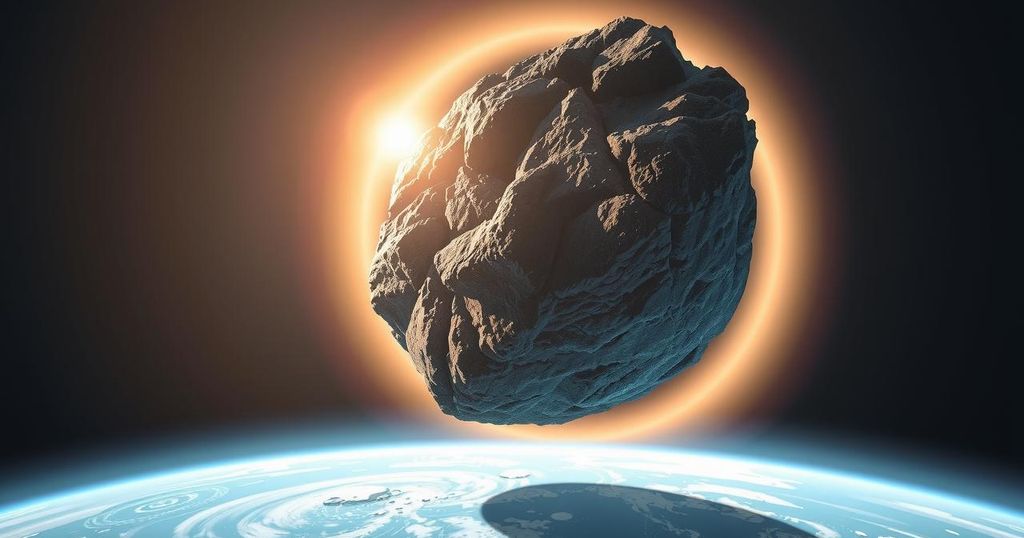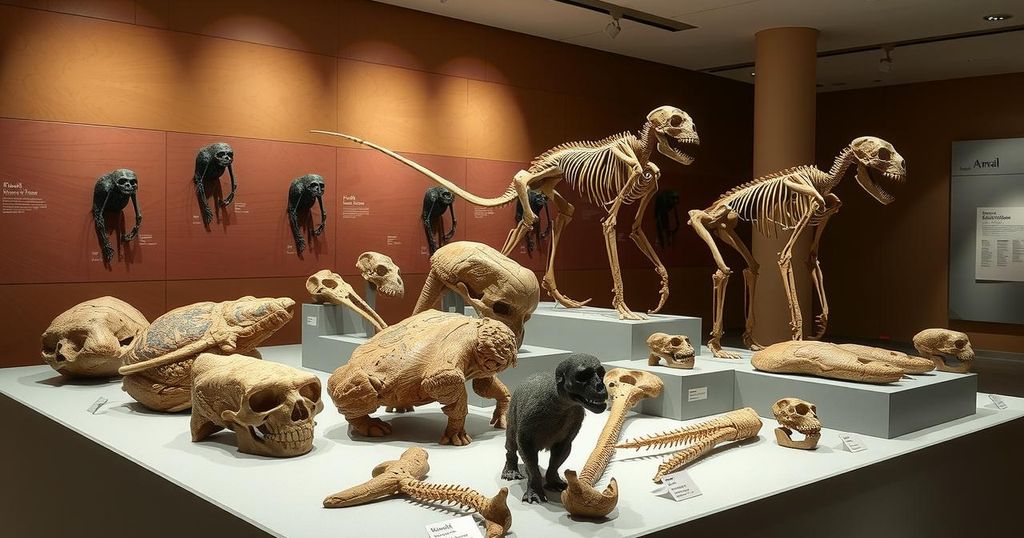Understanding Asteroid 2024 YR4: A Cosmic Threat with a Plan in Place
Asteroid 2024 YR4 has a slim chance of hitting Earth on December 22, 2032. Despite its potential danger, astronomers are actively tracking and assessing it through a coordinated planetary defense system. Further observations and technological advancements will likely diminish the impact risk, ensuring our safety against such cosmic threats.
In the cosmic realm, asteroids frequently dart past Earth, with most causing negligible concern. Yet, one newly identified asteroid, dubbed 2024 YR4, stands out with a 1 in 53 chance of colliding with our planet on December 22, 2032. While its decay might unleash devastation upon a city if hit directly, further observations are likely to diminish this threat significantly.
Governments and scientists are already mobilizing a robust planetary defense system, ensuring that, should anything fly our way, protocols are in place. Global observatories tirelessly scout the skies for near-Earth objects. The detection of 2024 YR4 illustrates this system’s efficacy, with NASA and ESA employing advanced software to track potentially hazardous bodies.
The process begins when astronomers spot an unidentified object. The global network, including dedicated telescopes funded by NASA, alerts the Minor Planet Center, where findings are collated for analysis. After discovering 2024 YR4, NASA’s Center for Near Earth Object Studies (CNEOS) utilized the automated Scout program to predict the asteroid’s orbit, assessing potential threats even before its classification.
Once confirmed, if the asteroid poses no immediate risk, NASA’s Sentry program evaluates its long-term impact prospects. It utilizes gravitational forces from celestial bodies and calculates possible orbit shifts caused by solar heating. “Thanks to the Sentry results, we can make sure observers track the asteroids that could pose a risk,” explains Davide Farnocchia, a navigation engineer at CNEOS.
Currently, data on 2024 YR4 is still being compiled. Astronomers are keenly aware of its rapidly fading visibility after passing by Earth recently. The uncertain size estimates complicate accurate assessments, with the range spanning 130 to 300 feet in diameter. Further observations will take place until April, with another close approach anticipated in 2028 to better assess the asteroid.
Future collaboration could yield promising results. If any past images of 2024 YR4 surface, they could provide years’ worth of data, improving tracking precision. Radar measurements could also offer clarity on the asteroid’s characteristics, though its evasiveness poses a challenge. “At that distance and for the size of this asteroid, it is not guaranteed that radar would detect it,” cautions Farnocchia.
Meanwhile, advancements in infrared technology provide hope for preciser measurements. With NASA preparing the Near-Earth Object Surveyor for launch, current efforts leverage the capabilities of the James Webb Space Telescope. “Asteroids get much brighter in the infrared than in the visible as they move away from Earth,” shares Julien de Wit, adding that JWST represents a significant asset for planetary defense.
Ultimately, while a trace of risk surrounds 2024 YR4, the coordinated efforts of planetary defenders across the globe inspire confidence. Together, NASA, ESA, and various observatories are tirelessly committed to ensuring our safety from cosmic threats well into the future.
Asteroids frequently pass by Earth, with many posing no danger. However, if a near-Earth asteroid is identified with even a slim chance of impacting our planet, scientists diligently monitor it. The detection of asteroid 2024 YR4 demonstrates the global efforts and technologies in place to track and evaluate potentially hazardous space rocks. The planetary defense system relies on collaboration among astronomers and specialized software programs to predict asteroid trajectories and collision probabilities. Continuous data collection and analysis enable scientists to stay one step ahead of any possible threats from these celestial bodies. The challenges surrounding early detection and the complexities of determining asteroid sizes and surfaces underscore the importance of ongoing observation. Therefore, initiatives such as enhanced infrared telescopes are in development to refine detection capabilities, ensuring Earth’s safety from potential impacts in the future.
While the asteroid 2024 YR4 presents a potential risk of collision with Earth, current scientific efforts are on track to mitigate that threat. The established global monitoring systems have proven effective, identifying asteroids and calculating their trajectories. Continued advancements in technology and interagency collaboration will further enhance our ability to protect our planet from cosmic dangers, maintaining safety for generations to come.
Original Source: www.nationalgeographic.com




Post Comment